Lewis Hamilton 'barely noticed' cockpit halo during Singapore practice
- Published
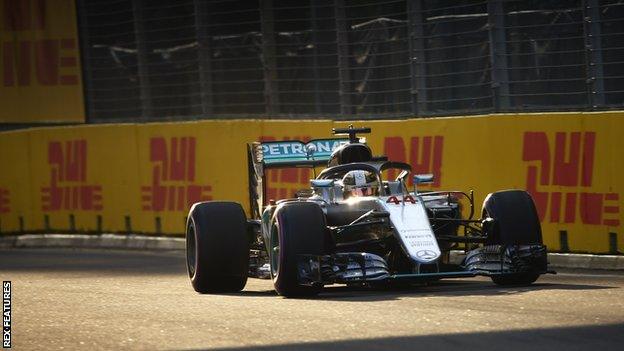
Qualifying for the Singapore GP and the race itself is live on the BBC Sport website and 5 live this weekend
Lewis Hamilton said he had no problem with the halo head-protection system after trying it on track for the first time at the Singapore Grand Prix.
The Mercedes driver's run was the latest in a series as officials give all teams and drivers a chance to try it ahead of a planned adoption in 2018.
Hamilton said: "I barely noticed it, apart from in the garage when I could not see the TV (timing) screen.
"It blocks a bit in the mirror, but going forward I didn't notice it."
Hamilton was initially opposed to the halo when he first saw it on a car in pre-season testing, calling it "the worst-looking modification in F1 history" and saying he would prefer not to have it on his car.
How have F1 cockpits evolved?
But his opinion was changed by a safety briefing given to the drivers at the Hungarian Grand Prix in July and a week later he questioned the decision to delay its introduction to 2018 rather than next season.
The FIA demonstrated the halo would protect them in all recent accidents in which a driver's head was vulnerable to impact from a large object, such as a wall or loose wheel, and that it reduced their risk of injury by 17% even from small flying debris, such as the accident in which Felipe Massa suffered a fractured skull in the 2009 Hungarian Grand Prix.
Hamilton said: "I kind of felt like we should have kept it on. It definitely doesn't look good, but when you go back to that 17%, it's better than nothing.
"Apart from getting into the car, I didn't notice much difference. I didn't really notice it, apart from blocking my mirrors - I couldn't see the rear wing.
"I could run it this weekend if they allowed it."
McLaren's Fernando Alonso, who also ran the halo for the first time on Friday, said he felt driver access needed to improve before the device was adopted.
"It's pretty hard to get in and out, that's the first impression that I got," the Spaniard said. "Getting in and out needs to improve somehow, also for the mechanics to be able to fasten the seat belts. There are things to look at."
- Published16 September 2016
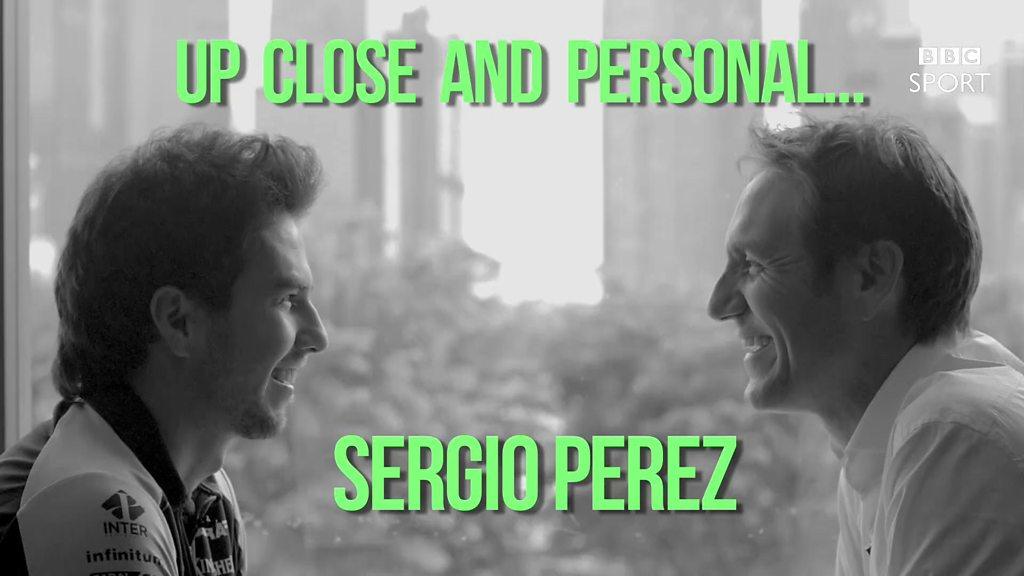
- Published16 September 2016
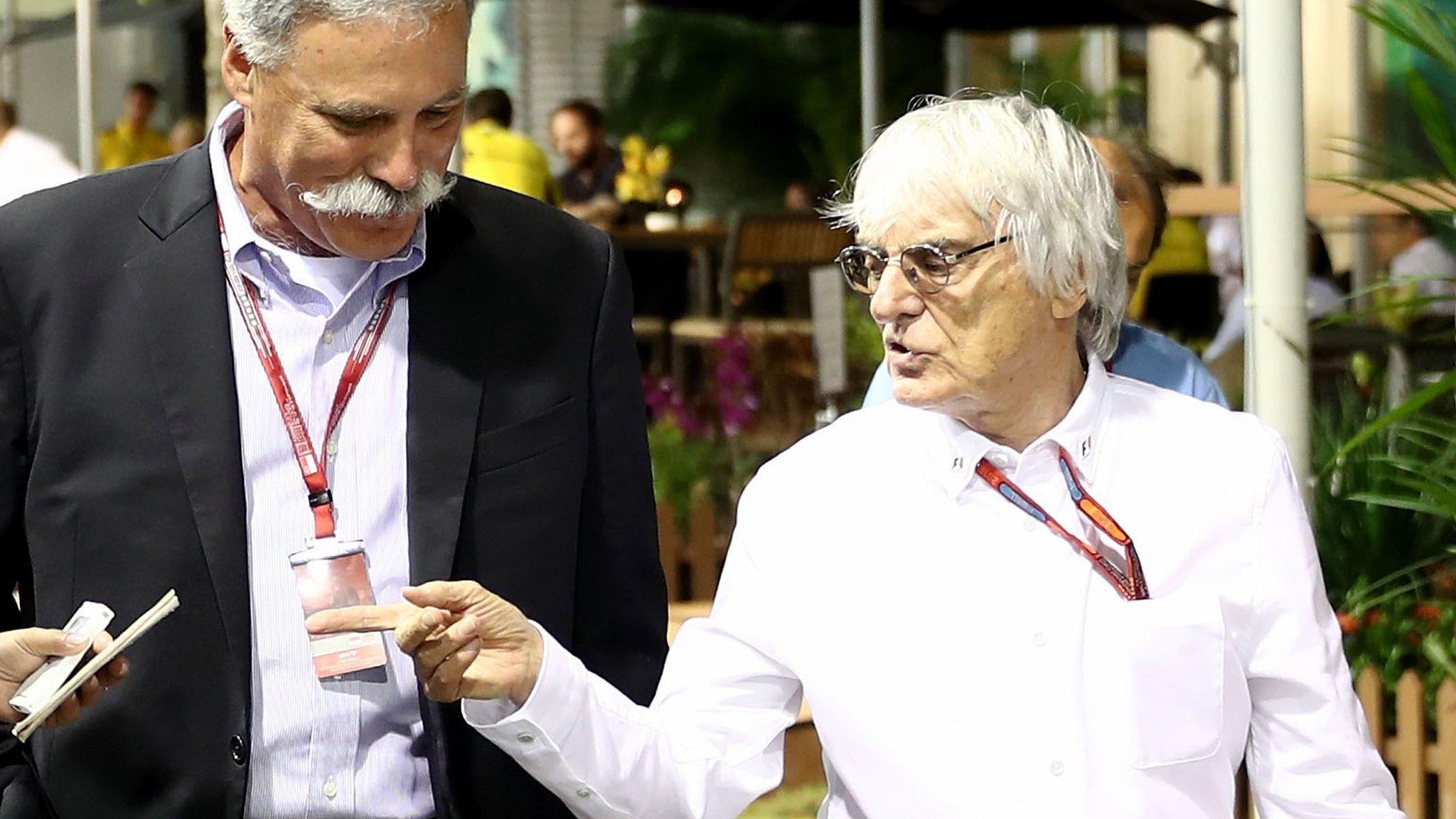
- Published14 September 2016

- Published15 September 2016
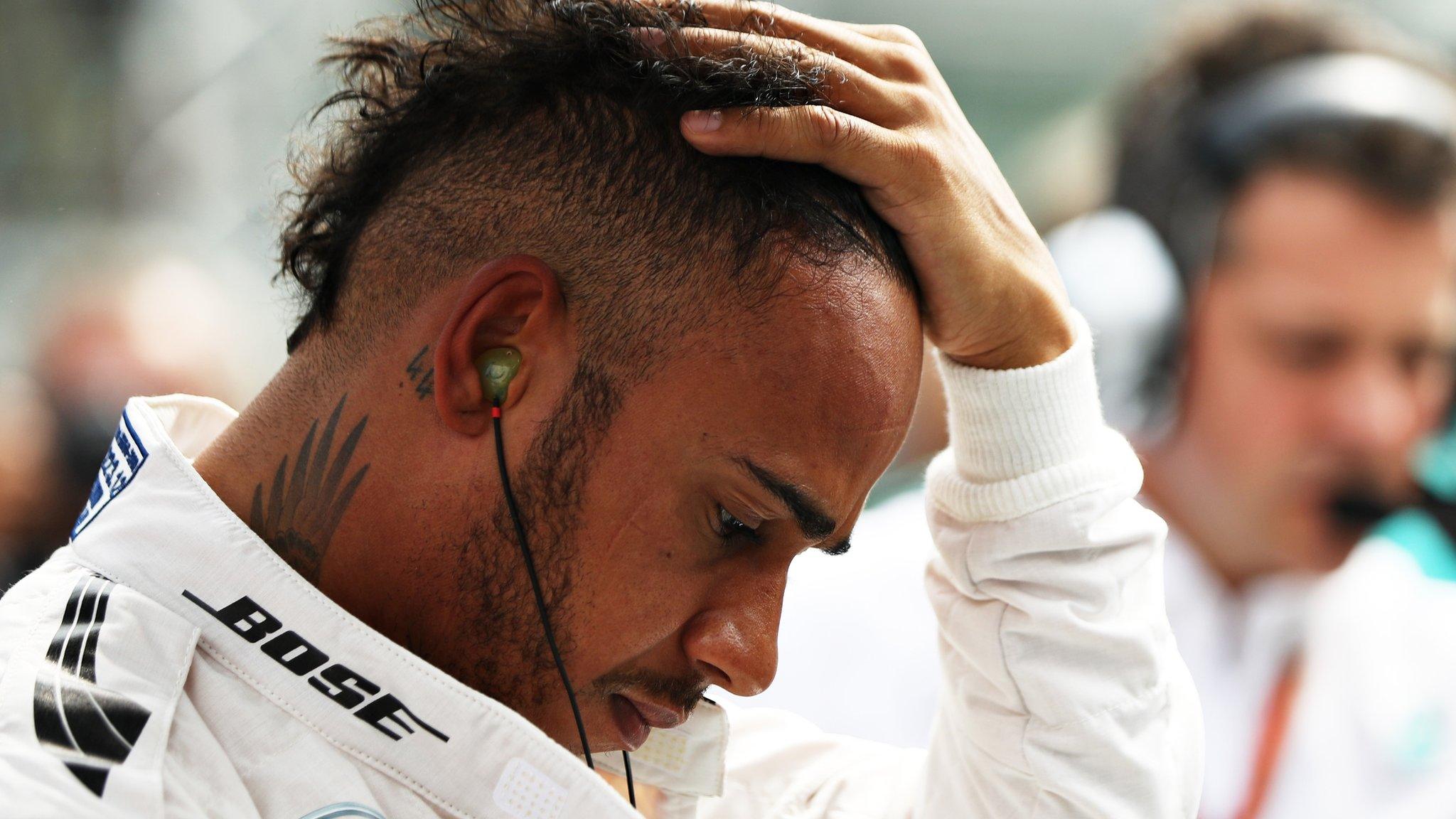
- Published16 September 2016

- Published15 September 2016
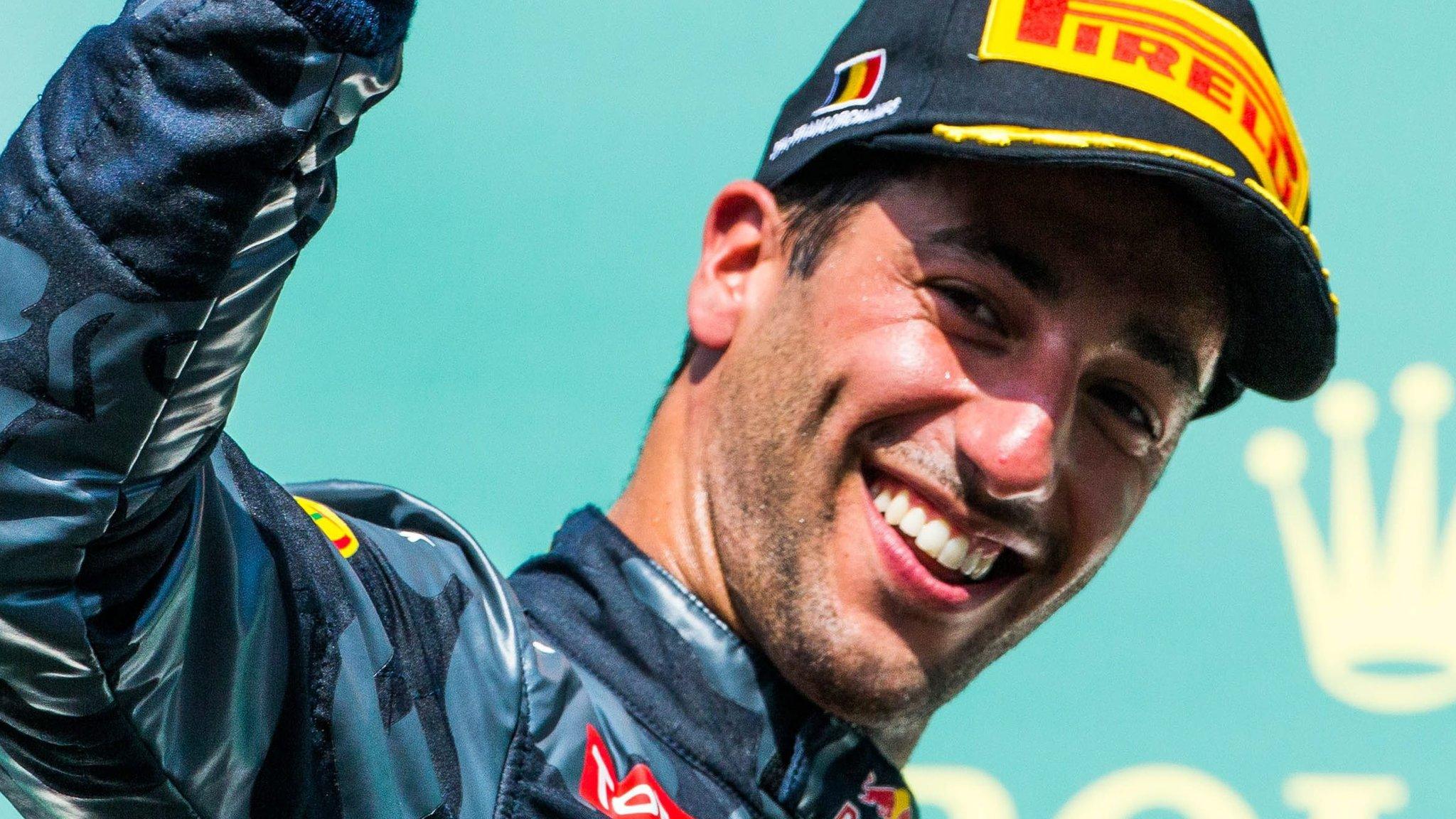
- Published12 September 2016
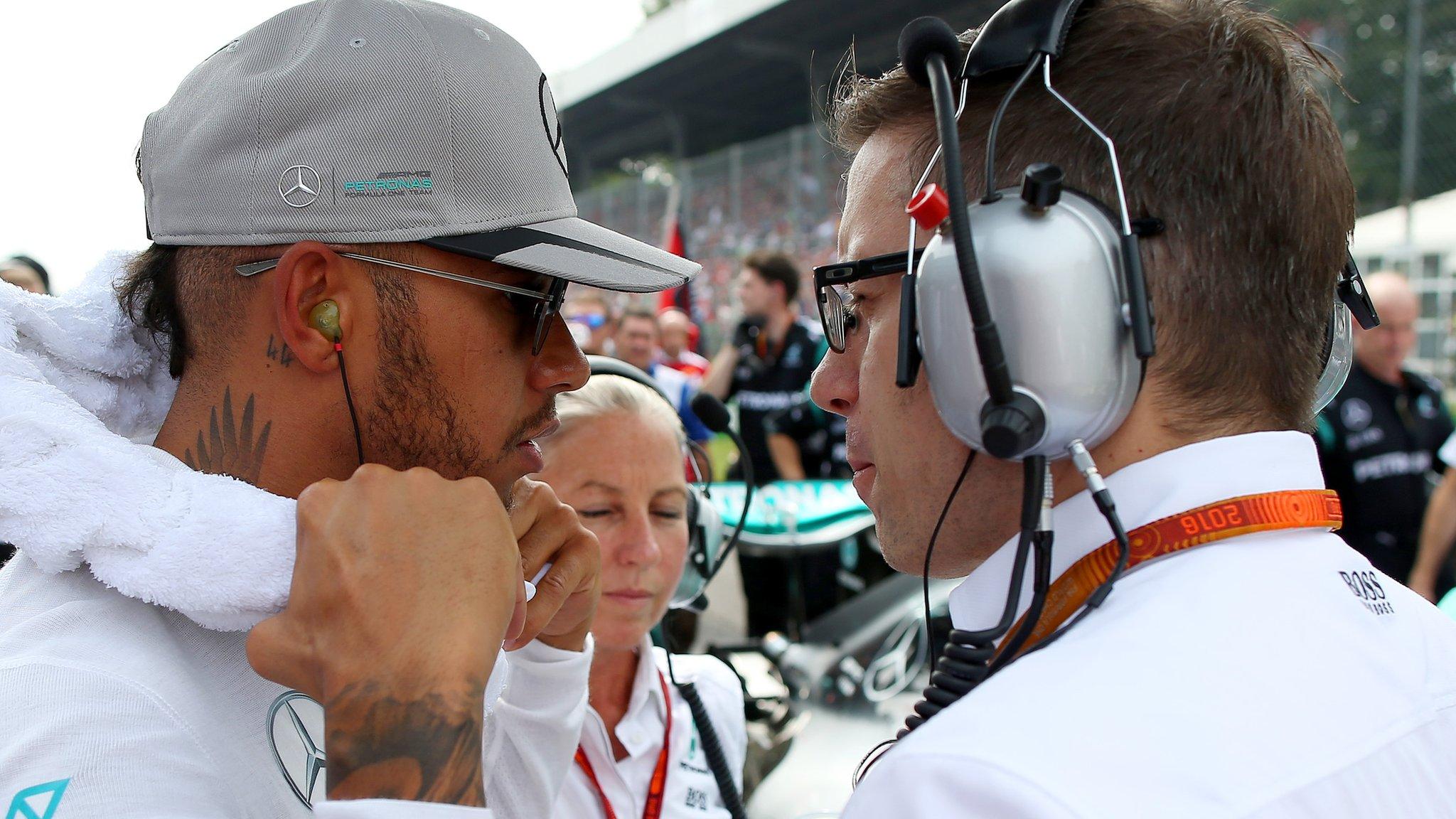
- Published24 November 2016
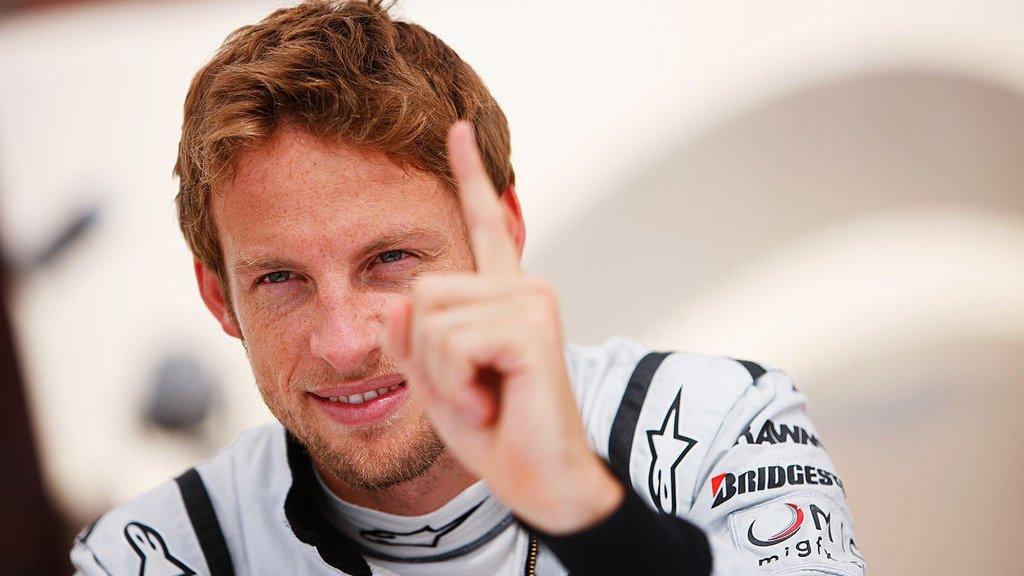
- Published14 September 2016

- Published2 November 2018

- Published26 February 2019
